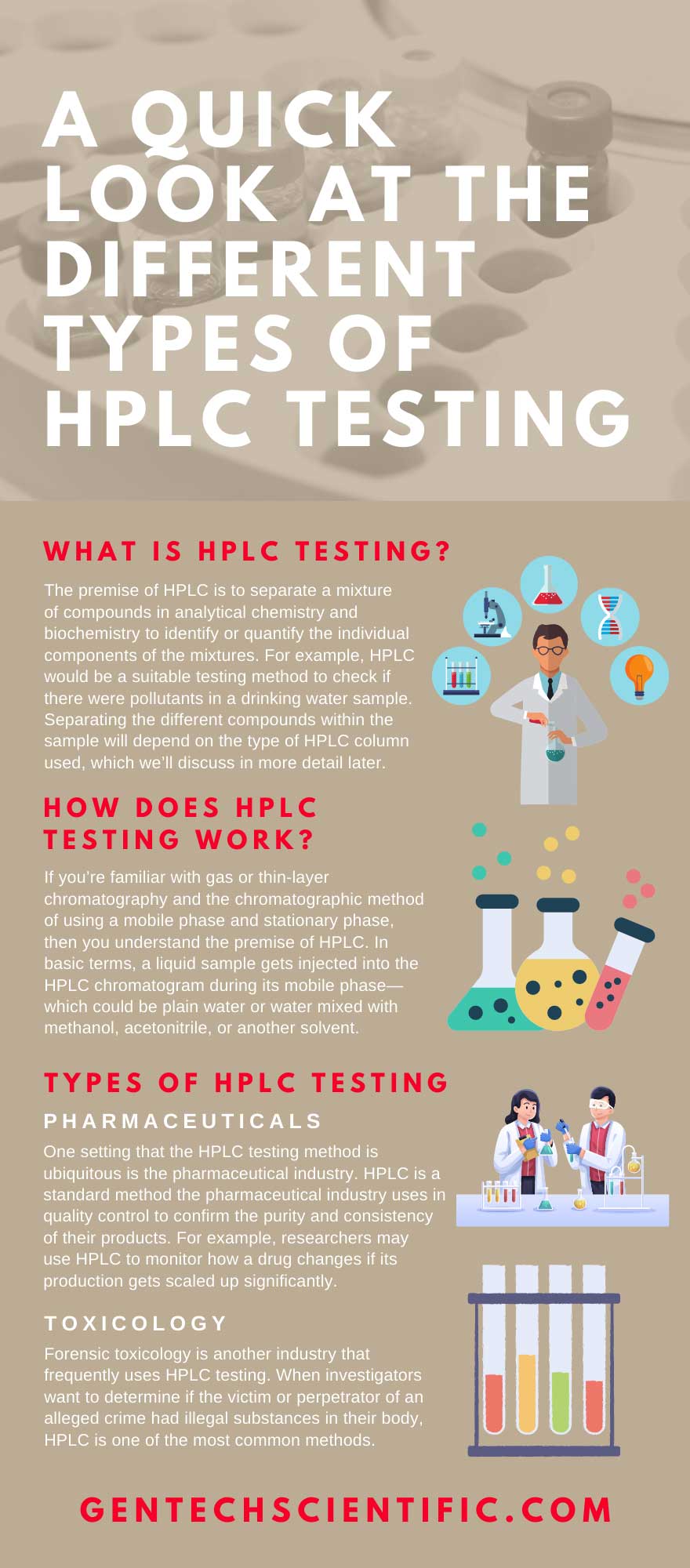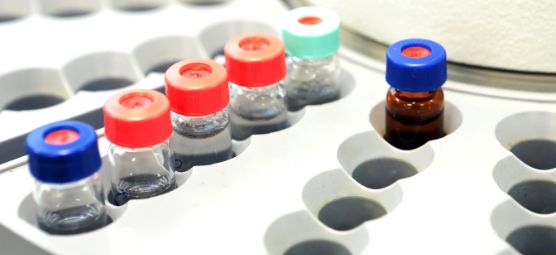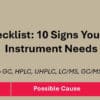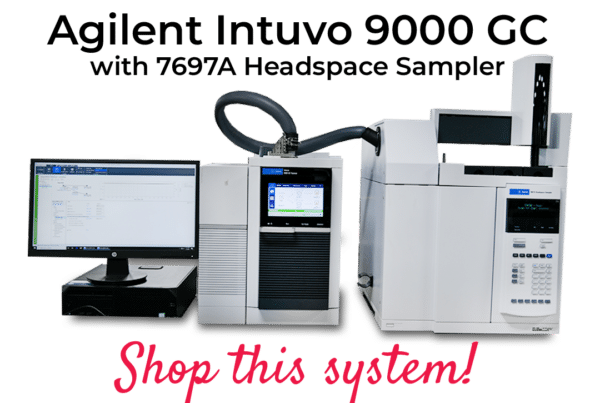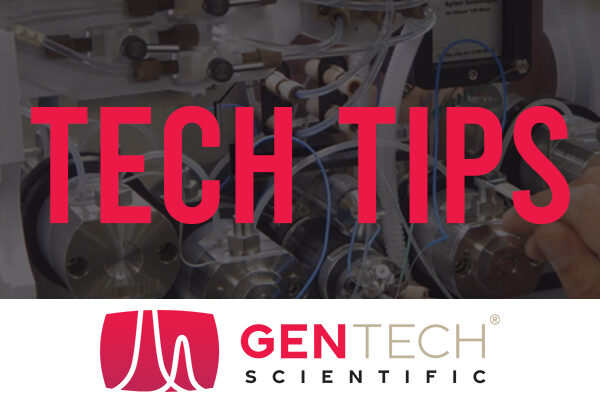One of the reasons that high-performance liquid chromatography (HPLC) testing is so common is that it’s practical in many applications. Below, we’ll give a quick look at HPLC and how it works, followed by the different types of HPLC testing used today.
What Is HPLC Testing?
First, a review of high-performance liquid chromatography (HPLC) testing. HPLC testing is one of the many chromatographic testing methods, along with gas and thin-layer chromatography.
The premise of HPLC is to separate a mixture of compounds in analytical chemistry and biochemistry to identify or quantify the individual components of the mixtures. For example, HPLC would be a suitable testing method to check if there were pollutants in a drinking water sample. Separating the different compounds within the sample will depend on the type of HPLC column used, which we’ll discuss in more detail later.
How Does HPLC Testing Work?
If you’re familiar with gas or thin-layer chromatography and the chromatographic method of using a mobile phase and stationary phase, then you understand the premise of HPLC. In basic terms, a liquid sample gets injected into the HPLC chromatogram during its mobile phase—which could be plain water or water mixed with methanol, acetonitrile, or another solvent.
The mobile phase will then move the sample through the column, known as the stationary phase. The mixture moves through the stationary phase at varying speeds. Scientists can identify the given analyte by analyzing the time at which the sample emerges from the column (known as retention time).
Types of HPLC Columns
As we mentioned, scientists can use various HPLC columns as the stationary phase to better separate the analyte’s compounds. The most common HPLC columns used as stationary phases are size exclusion, ion exchange, normal phase, and reverse phase.
Size Exclusion
The size exclusion column for HPLC separates the molecules of the sample based on their size. A size-exclusion HPLC column uses pores of various sizes to filter larger and small molecules.
Smaller molecules will go through the pores and take an indirect route through the column and to the detector. Larger molecules will instead take a direct route and move through the column much faster, giving researchers a clear separation of small and large molecules in the analyte.
Ion Exchange
An ion exchange HPLC column uses the charge of molecules as the method for their separation. Within the column will either be positive- or negative-charged ions to interact with the sample.
If the HPLC column has positively charged ions, those will interact with the negative ions of the sample and separate from the positive ions of the sample and vice versa. The charged molecules will move at varying speeds, giving scientists a clear distinction within the sample.
Normal Phase
Normal phase HPLC is the most common column used as it’s also the most versatile. The separation of the sample components within normal phase HPLC is based on polarity.
The components within the sample that have more polarity will interact more with the polar stationary phase, creating a distinct separation of components within the analyte. Normal phase HPLC gets used in many applications but most commonly in the pharmaceutical industry for quality control.
Reverse Phase
As its name suggests, reverse phase HPLC is the same as normal phase except in reverse. While reverse phase HPLC still uses the same principle of separation through polarity, it uses a non-polar stationary phase and a polar mobile phase.
In reverse phase HPLC testing, hydrocarbon chains like C8 or C18 are commonly used for the stationary phase, while the mobile phase is typically water mixed with either methanol or acetonitrile.
Types of HPLC Testing
As mentioned, many different industries worldwide use HPLC testing. Still, we’ll offer a quick look at some of the most common types, including pharmaceutical, legal toxicology, medical research, and more.
Pharmaceuticals
One setting that the HPLC testing method is ubiquitous is the pharmaceutical industry. HPLC is a standard method the pharmaceutical industry uses in quality control to confirm the purity and consistency of their products. For example, researchers may use HPLC to monitor how a drug changes if its production gets scaled up significantly.
The area within the industry that has seen the most significant rise in HPLC use is cannabis. With the legalization of cannabis, HPLC cannabis testing equipment has become necessary for many commercial cannabis producers to ensure the safety and purity of their cannabis products.
Toxicology
Speaking of cannabis and drugs, HPLC is a common method for testing a person’s blood or urine to identify and quantify substances. HPLC is frequently used by corporations and organizations that must test employees or competitors for illegal substances like recreational drugs or doping agents.
Forensic toxicology is another industry that frequently uses HPLC testing. When investigators want to determine if the victim or perpetrator of an alleged crime had illegal substances in their body, HPLC is one of the most common methods.
Medical Research
Like its toxicology and pharmaceutical use, HPLC is an analytical method for medical research. For example, researchers frequently use the HPLC method to analyze biological samples from people with diseases or ailments under study.
By better identifying and quantifying compounds in the disease and the diseased person’s body, researchers can better understand the illness and produce better treatments or cures. One specific example is that many researchers of Parkinson’s Disease use HPLC testing to identify the metabolites in a patient with the ailment.
Food Production
As we all know, the mass production of the food we consume daily requires many chemicals—from agricultural pesticides to sanitary cleaning products when the food gets packaged and delivered to food stores. While many measures are in place to ensure these harmful chemicals never reach the consumer, tests are still necessary to confirm their safety.
HPLC is one of food production’s most common quality control testing methods. It can precisely identify and quantify any chemicals in the food and determine if the chemical residues are a risk to consumer safety.
Environmental Research
HPLC testing is also a helpful method in environmental research. HPLC testing can precisely identify pollutants and pollution levels within an environmental sample—whether that’s our drinking water or the soil where our food grows.
Environmental research is crucial to ensure the health and safety of our water and food supply and the preservation of our environment. With HPLC testing, researchers can conduct quick and accurate tests on our environment that directly affect our lives and health.
We hope our explainer has been useful in showing the practicality and versatility of HPLC testing. If you’d like to learn more about HPLC testing or need an HPLC chromatogram for your lab, contact our helpful staff at GenTech Scientific.
